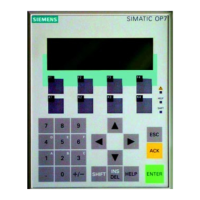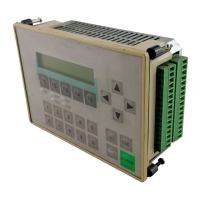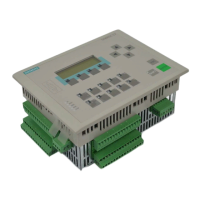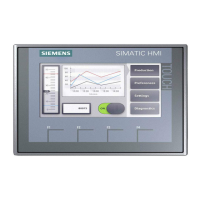Communications configuring
System- and communication configuring D7-SYS - SIMADYN D 3-113
Edition 12.2003
For broadcast, there is one transmitter and several receivers. The
transmitter addresses all stations connected to the bus with the "remote
address" 127 (this is the broadcast address). The transmitter addresses a
unique communications association for the receivers by specifying the
"remote LSAP". The broadcast telegram only receives the stations where
such a communications association is configured. ("Local LSAP" of the
receiver = "remote LSAP" of the transmitter).
LSAP 63 is the broadcast LSAP and should only be used if all of the
stations on the bus are to receive the broadcast telegram. Generally, a
multicast LSAP is used (all LSAPs not equal to 63).
Only non-acknowledged FMS utilities can be transferred via broadcast
associations (no handshaking). The non-acknowledged FMS utility, used
for SIMADYN D SS5, is the information report. For information report,
contrary to the read or write FMS utilities, the server initiates data
transfer. The server sends the value of its object to one or several clients.
The client does not return an acknowledgement.
Features:
• SIMADYN D is client (receiver)
• The remote server (transmitter) initiates data transfer.
• An association must be configured for each object which is to be
received.
• There is no connection established between the communication
partners; the transferred data is not acknowledged (no handshaking)
Application:
• Process data, with SIMADYN D as receiver.
Communications reference : Type: Broadcast receiver
Association type : BRCT Local LSAP :
Remote address : Remote LSAP :
Supported utility :
Information report : .ind
Name :
Table 3-51 Mask, "Broadcast receiver"
General
information,
broadcast
associations
Broadcast receiver
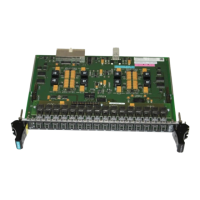
